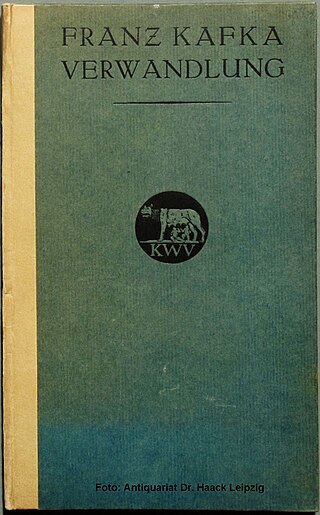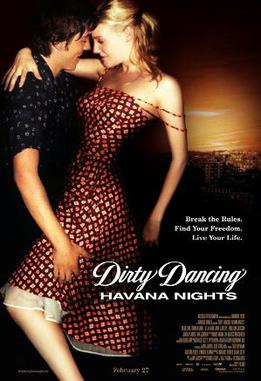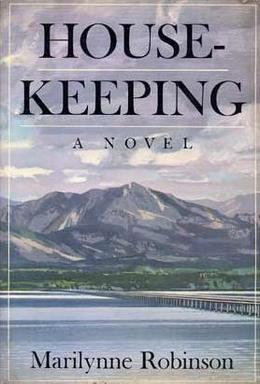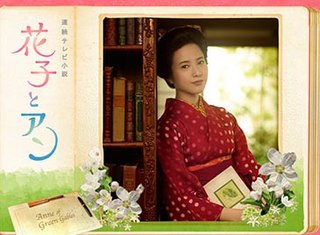
The Metamorphosis is a novella by Franz Kafka published in 1915. One of Kafka's best-known works, Metamorphosis tells the story of salesman Gregor Samsa, who wakes one morning to find himself inexplicably transformed into a huge insect and struggles to adjust to this condition. The novella has been widely discussed among literary critics, who have offered varied interpretations. In popular culture and adaptations of the novella, the insect is commonly depicted as a cockroach.

The English Patient is a 1992 novel by Michael Ondaatje. The book follows four dissimilar people brought together at an Italian villa during the Italian Campaign of the Second World War. The four main characters consist of: an unrecognizably burned man — the eponymous patient who is presumed to be English; his Canadian Army nurse; a Sikh British Army sapper; and a Canadian self described as a thief. The story is set during the North African Campaign and centers on the incremental revelations of the patient's actions prior to his injuries, and the emotional effects of these revelations on the other characters. The story is told through the characters' perspectives and "authors" of books the characters are reading.

The Twelve Chairs is a classic satirical picaresque novel by the Soviet authors Ilf and Petrov, published in 1928. Its plot follows characters attempting to obtain jewelry hidden in a chair. A sequel was published in 1931. The novel has been adapted to other media, primarily film.

The House of the Spirits is a 1993 period drama film directed by Bille August and starring Jeremy Irons, Meryl Streep, Glenn Close, Winona Ryder, Antonio Banderas and Vanessa Redgrave. The supporting cast includes María Conchita Alonso, Armin Mueller-Stahl, and Jan Niklas. Based on the 1982 novel of the same name by Isabel Allende, the film follows three generations of women from a Chilean family during the country’s military dictatorship.

Dirty Dancing: Havana Nights is a 2004 American dance musical romance film directed by Guy Ferland and starring Diego Luna, Romola Garai, Sela Ward, John Slattery, Jonathan Jackson, January Jones, and Mika Boorem. The film is a standalone prequel of the 1987 blockbuster Dirty Dancing, and serves as the second feature film in the titular franchise. While the movie follows a similar plot structure, the story takes place in Cuba during the Cuban Revolution. Patrick Swayze, star of the original film, appears as a dance instructor.

Lisa and Lottie, or The Parent Trap is a 1949 German children's novel by Erich Kästner. The book is about identical twin girls whose parents separated them in infancy upon divorcing, only to reunite at a summer camp years later before switching places.

Zorro is a 2005 novel by Chilean author Isabel Allende. Its subject is the American pulp hero Diego de la Vega, better known as El Zorro. He first appeared as a character in Johnston McCulley's novella The Curse of Capistrano (1919). His character and adventures have also been adapted for an American TV series, other books, and cartoon series.

Housekeeping is a 1980 novel by Marilynne Robinson. The novel was a finalist for the Pulitzer Prize for Fiction and awarded the PEN/Hemingway Award for best first novel.

Islands in the Stream (1970) is the first of the posthumously published novels of Ernest Hemingway. The book was originally intended to revive Hemingway's reputation after the negative reviews of Across the River and Into the Trees. He began writing it in 1950 and advanced greatly through 1951. The work, rough but seemingly finished, was found by Mary Hemingway among 332 works Hemingway left behind at his death. Islands in the Stream was meant to encompass three stories to illustrate different stages in the life of its main character, Thomas Hudson. The three different parts of the novel were originally to be titled "The Sea When Young", "The Sea When Absent" and "The Sea in Being". These titles were changed, however, into what are now its three acts: "Bimini", "Cuba", and "At Sea".

The Castillo de la Real Fuerza is a bastion fort on the western side of the harbour in Havana, Cuba, set back from the entrance, and bordering the Plaza de Armas. Originally built to defend against attack by pirates, it suffered from a poor location; it was too far inside the bay. The fort is considered to be the oldest stone fort in the Americas, and was listed in 1982 as part of the UNESCO World Heritage Site of "Old Havana and its Fortifications".

Mahmoud Dowlatabadi is an Iranian writer and actor, known for his promotion of social and artistic freedom in contemporary Iran and his realist depictions of rural life, drawn from personal experience. In 2020, he wrote and recited a work called Soldier for the Art of Peace global project, composed and arranged by Mehran Alirezaei. He has collaborated with this project.
Loving Che is a novel by Cuban-American author, Ana Menéndez.

Dreaming in Cuban is the first novel written by author Cristina García, and was a finalist for the National Book Award. This novel moves between Cuba and the United States featuring three generations of a single family. The novel focuses particularly on the women—Celia del Pino, her daughters Lourdes and Felicia, and her granddaughter Pilar. While most of the novel is written in the third person, some sections are written in the first person and other sections are epistolary. The novel is not told in linear fashion; it moves between characters, places and times.

Isabel de Bobadilla, or Inés de Bobadilla was the first female governor of Cuba from 1539–1543.

Candelaria Figueredo was a Cuban patriot who fought in the Cuban struggle for independence from Spain.

Hello Hemingway is a 1990 Cuban drama film directed by Fernando Pérez and starring Laura de la Uz. The plot, set in Havana in 1956, near the end of Fulgencio Batista's dictatorship, follows a young girl whose aspirations to obtain a scholarship in America against all odds are paralleled by her reading of Ernest Hemingway's The Old Man and the Sea. The film was selected as the Cuban entry for the Best Foreign Language Film at the 64th Academy Awards, but was not designated a nominee.

The history of Cuba during World War II begins in 1939. Because of Cuba's geographical position at the entrance of the Gulf of Mexico, Havana's role as the principal trading port in the West Indies, and the country's natural resources, Cuba was an important participant in the American Theater of World War II, and it was one of the greatest beneficiaries of the United States' Lend-Lease program. Cuba declared war on the Axis powers in December 1941, making it one of the first Latin American countries to enter the conflict. When the war ended in 1945, the Cuban military had developed a reputation of being the most efficient and co-operative Caribbean nation.

Hanako to Anne is a Japanese television drama series, the 90th Asadora series broadcast on NHK. It debuted on March 31, 2014, and is broadcast Monday through Saturday mornings, with a scheduled to end of September 27, 2014. It is based on the novel An no Yurikago Muraoka Hanako no Shogai by Eri Muraoka, which is the story of her grandmother Hanako Muraoka, the first to translate Anne of Green Gables into Japanese. The drama describes her trials, tribulations and triumphs at school and some of the lifelong friendships she made there, and her life after graduating and working at a publishing company and as a translator. As a subplot, it also narrates the dramatic life of Muraoka's old friend, Byakuren Yanagiwara, the tanka poet who was a cousin of Emperor Taishō. The series stars Yuriko Yoshitaka as Hanako. Anime composer Yuki Kajiura composed the music for the series. The series was a ratings success.

Phir Wohi Mohabbat is a Pakistani television series which started airing on Hum TV from 16 March 2017 every Thursday at 8:00 pm. The lead cast included Ahmed Ali and Hania Amir. The script was written by Mansoor Saeed and directed by Mohsin Mirza.

















